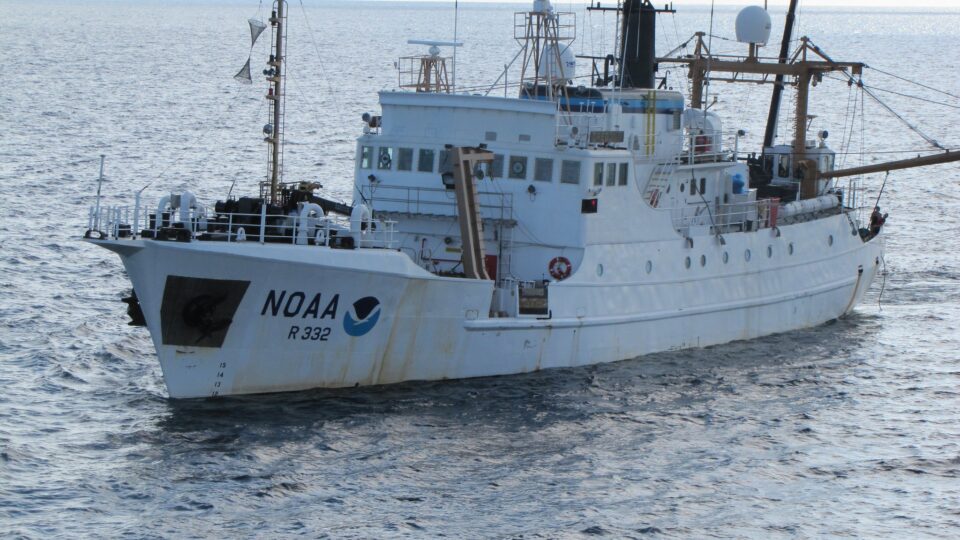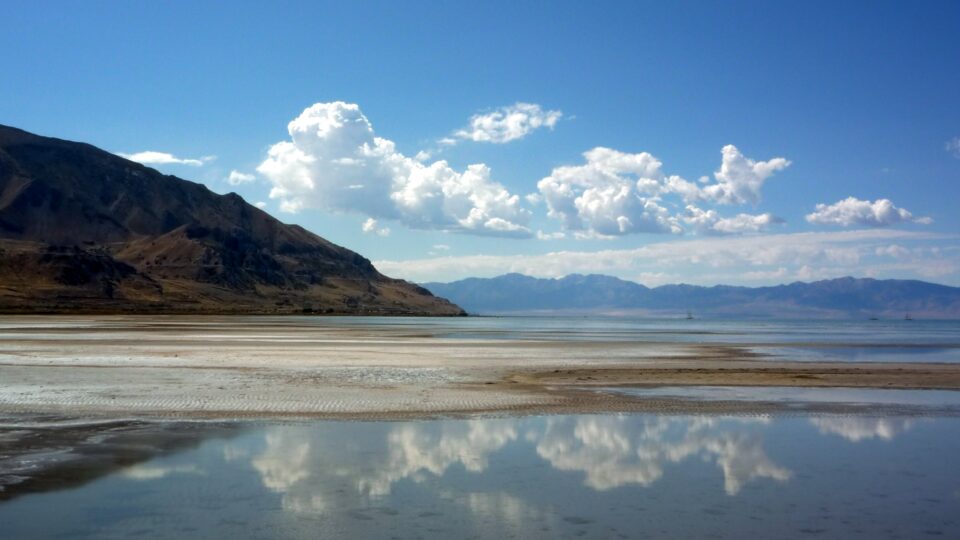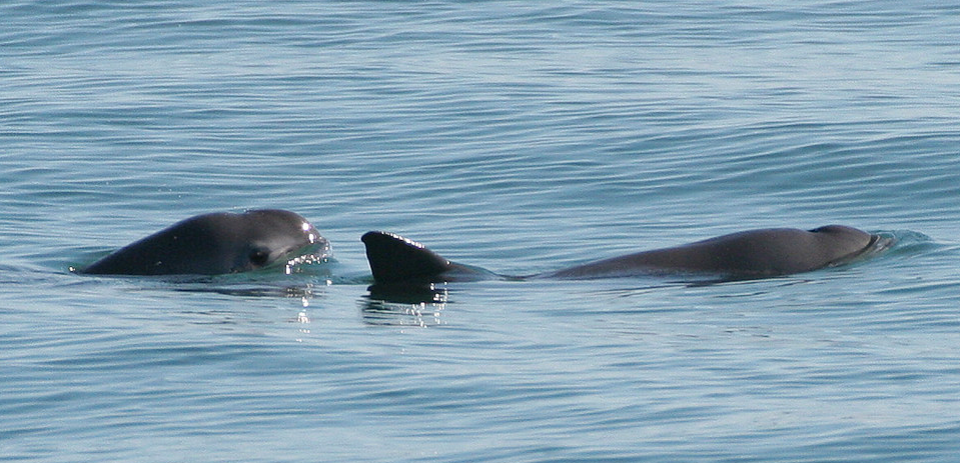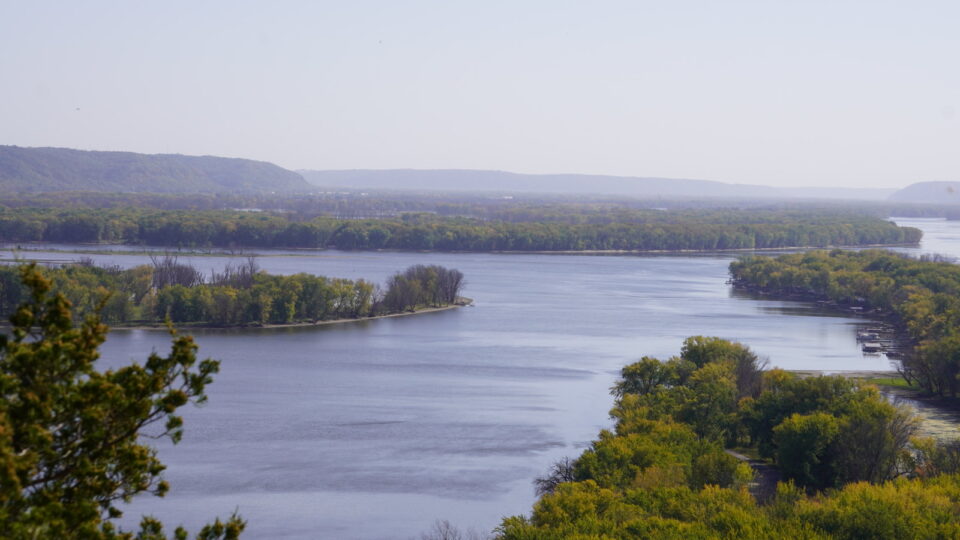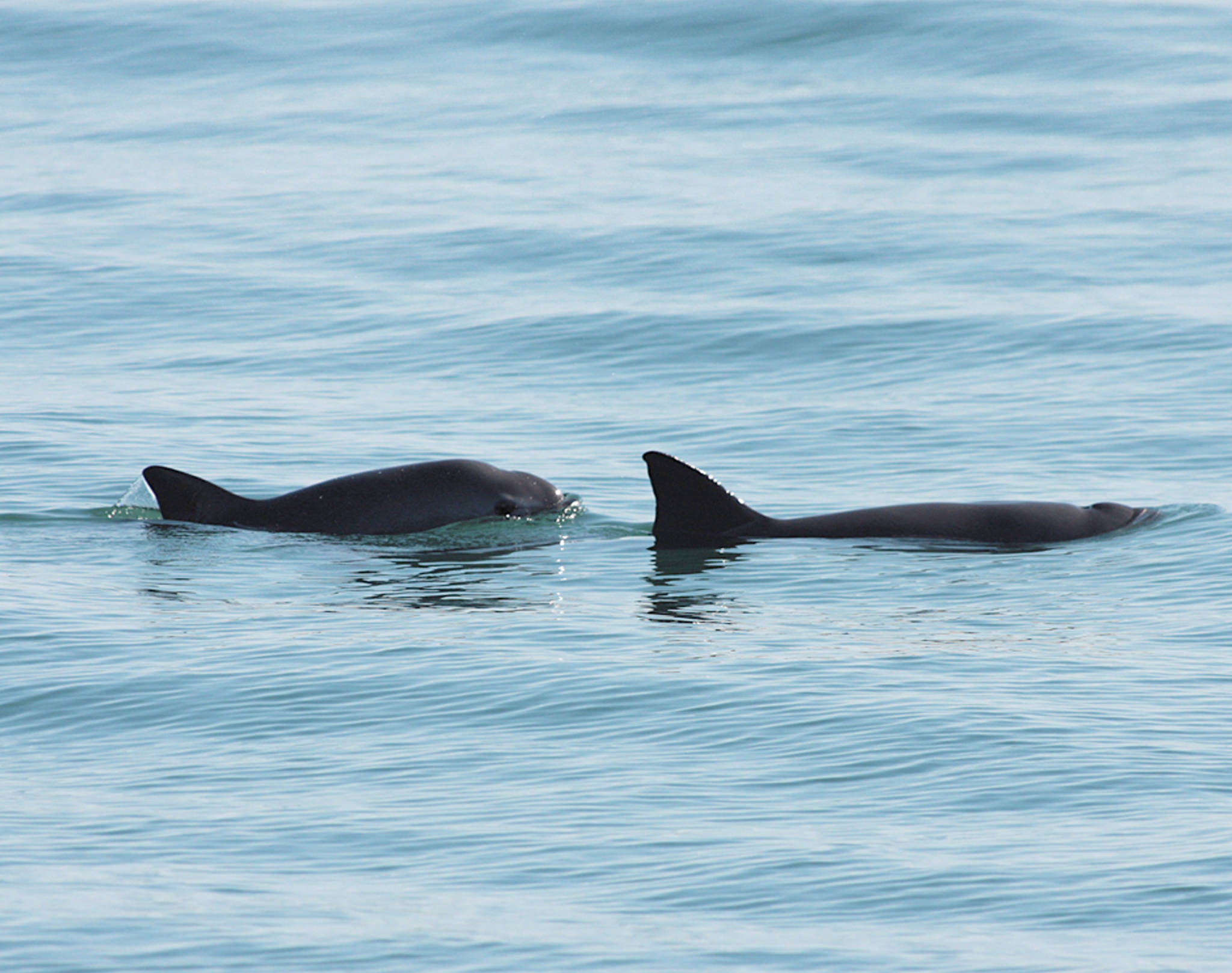The Gulf of Mexico dead zone, or hypoxic area, is an area of low oxygen content that can kill fish and other marine life. It occurs every summer and is mostly a result of excess nutrient pollution from human activities in cities and farms throughout the Mississippi River watershed. The nutrients carried by the river into the gulf stimulate an overgrowth of algae, which eventually die and decompose, which depletes oxygen in the water as the algae sink to the bottom.
The resultant low oxygen levels near the bottom of the gulf cannot support most marine life. Fish and shrimp often leave the area seeking better places to be. Animals that can’t swim away – like mussels and crabs – can be stressed by the low oxygen level or even killed.
The National Oceanic and Atmospheric Administration produces a dead zone forecast each year based on a suite of models developed by NOAA and partners at multiple universities.
The latest forecast, completed in May, found that the discharge of nutrients in the rivers was about one-third below the long-term average between 1980 and 2022. Nitrate loads were down 42% and phosphorous levels down 5%.
Based on these measurements, the scientists forecast a summer dead zone that will cover an estimated 4,155 square miles, which is 22% lower than the 36-year average of 5,364 square miles. Ongoing efforts by the Interagency Mississippi River and Gulf of Mexico Hypoxia Task Force to reduce nutrient levels seem to be paying off.
**********
Web Links
NOAA forecasts below-average summer ‘dead zone’ in Gulf of Mexico
Photo, posted September 6, 2013, courtesy of NOAA Photo Library via Flickr.
Earth Wise is a production of WAMC Northeast Public Radio
